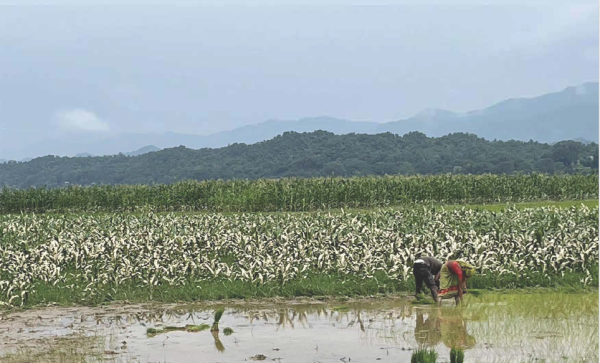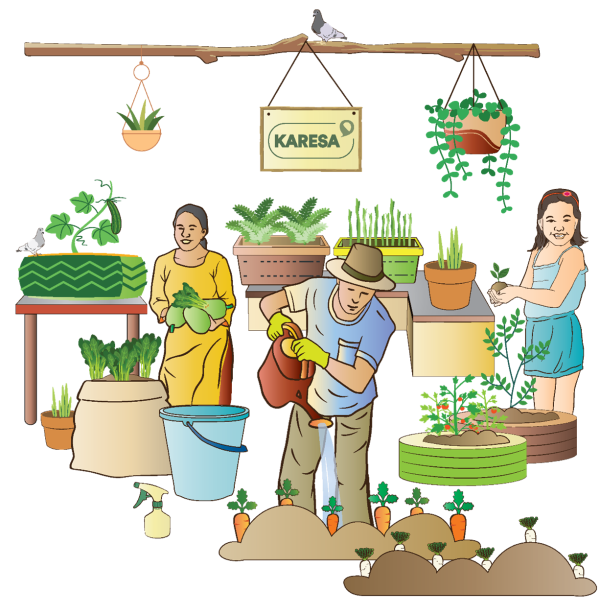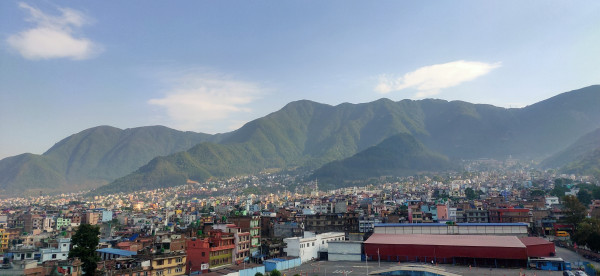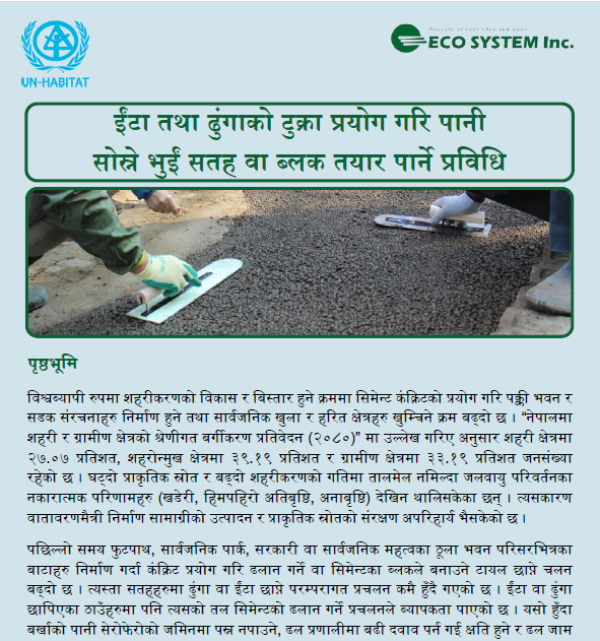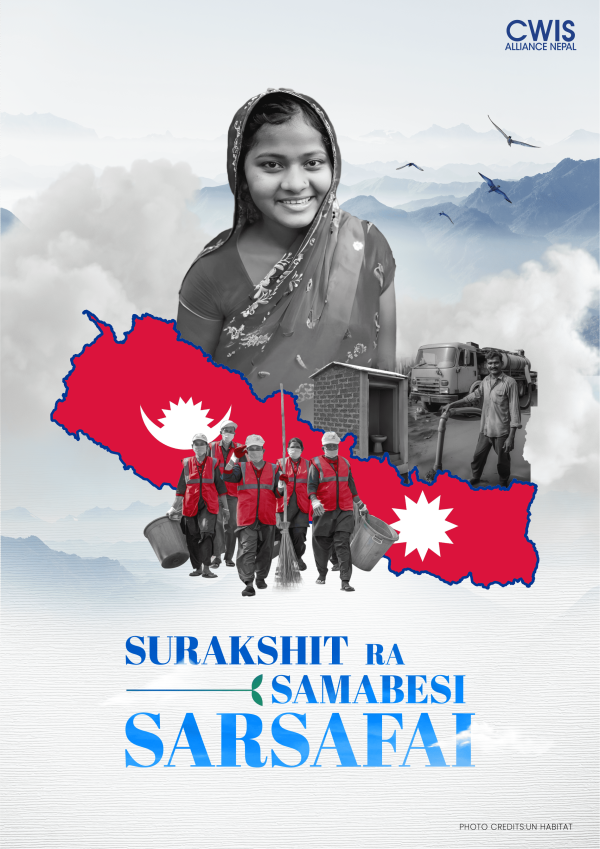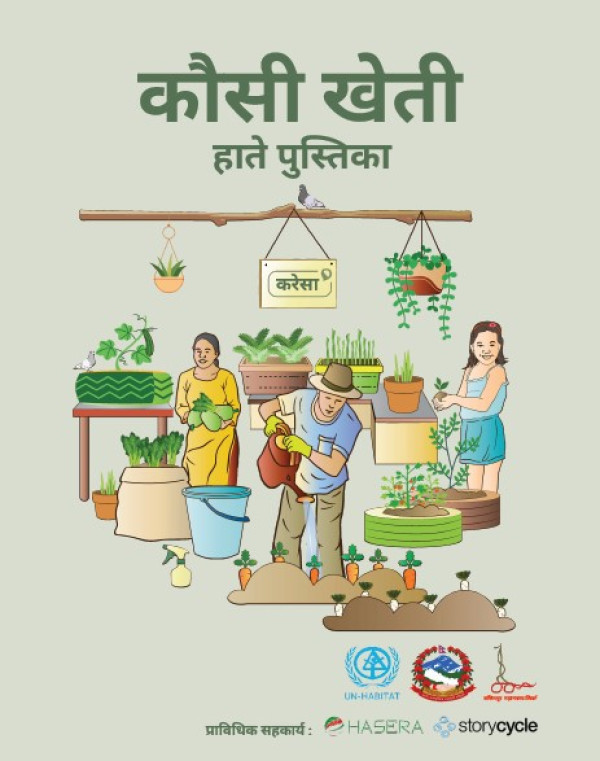Nepal: Another 7.3 magnitude earthquake wreaks further havoc
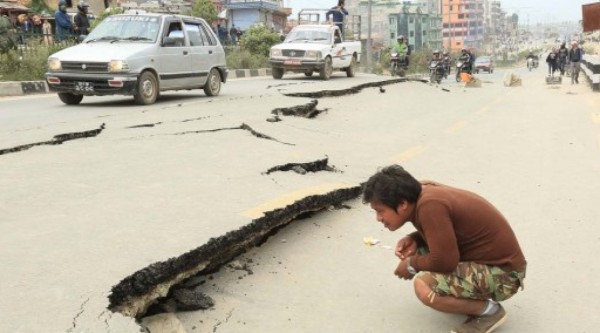
Kathmandu, May 12 2015, Two weeks after more than 8,000 people died from a powerful 7.8 magnitude earthquake in Nepal, a new quake measuring 7.3 struck on 12 May, leaving at least another 37 people dead and 1,129 injured. At 12:50 local time, people rushed out of buildings as major tremors were felt across the country. The epicentre was southeast of Kodari (Sindhupalchowk District), 76 km northeast of Kathmandu – an area, which is already affected by the 25 April quake.
The initial earthquake was followed by several back-to-back aftershocks, including major 5.6 and 6.3-magnitude tremors in Sindhupalchowk and Ramechhap districts. Strong aftershocks continue to be felt.
Landslides were reported in Langtang Region in the Himalayas. Many areas around the epicentre are particularly susceptible to further landslides. Hundreds of newly damaged houses are reported; some are completely destroyed.
While five people were reported rescued, many more are feared buried under rubble across the country. Buildings, which were already damaged by the 25 April quake, collapsed in Gorkha District and Chautara (Sindhupalchowk District). New damage to housing and infrastructure is also being reported across the districts.
Many of the survivors have not yet recovered from the traumatic experience of the worst earthquake in over 80 years. Feeling the earth shaking below their feet, people panicked and fled to open spaces where they are expected to stay for several nights in fear of further aftershocks. The existing camps in Chautara remain open and are accommodating additional people. Additional shelter materials are needed for people staying outside over night.
International organizations continue to provide assistance to support survivors. However, aid efforts are challenged by logistical constraints, continuing aftershocks and the limited amount of funding. As of 12 May, only 13 per cent were funded of US$423 million needed for response and recovery efforts. Funds are urgently required to maintain and scale up the current operations before the upcoming monsoon season.
“We have a short window to reach people in need,” said Jamie McGoldrick, the Humanitarian Coordinator in Nepal. “With the monsoon season just around the corner, our imperative is to provide communities with roofs over their heads and meet their basic needs.”
In the immediate aftermath of the 7.3 quake, national search and rescue teams (SAR) and military helicopters have been deployed to rescue people, assess damage and possibly provide emergency health assistance. The Government of Nepal has also asked the hospitals in affected areas, including Kathmandu, to remain on stand-by to treat the injured. International SAR teams, which remain in the country, were requested to support the response.
Source: unocha.org
